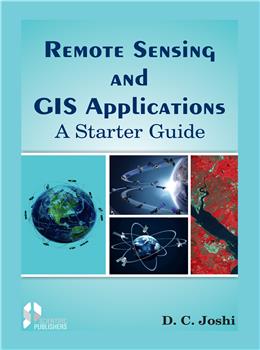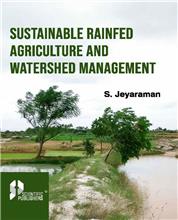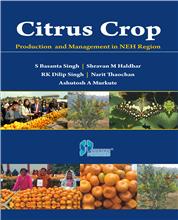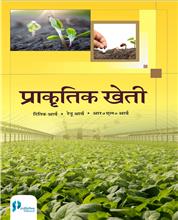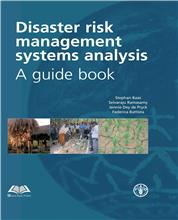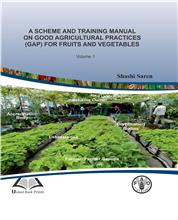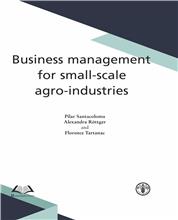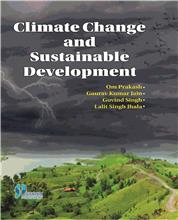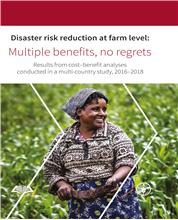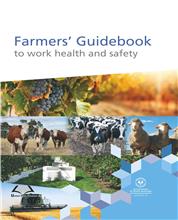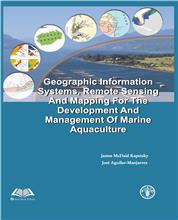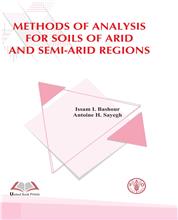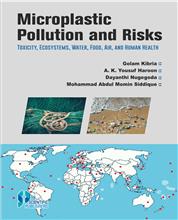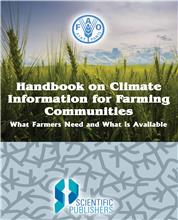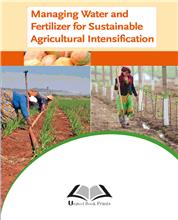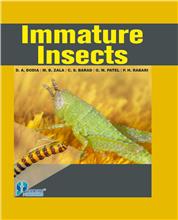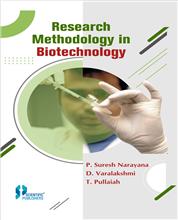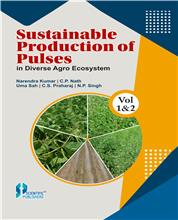The Satellite Remote Sensing and GIS, a new fast developing technology, has potential for quick and accurate assessment and characterization of natural resources potentials. Nowadays, for any small query, planning and management of natural resources, one can �nd quick answer by referring the satellite images. But, satellite images have to be interpreted which requires training and skill. During recent years, at many Universities, at graduate and post graduate degree courses of engineering, agriculture, forestry, geology, geography and environmental sciences, Remote sensing and Geographical Information System (GIS) has been added as a part of syllabus. Keeping in mind, this book has been written, in simple explanatory language with illustrations, so that even novice and inexperienced person can understand and interpret the satellite images. There are 19 chapters in the book, covering two aspects, (1) Fundamentals of Remote Sensing Technology which includes satellites and sensors, spectral re�ectance characteristics of objects on earth surface, satellite image interpretation techniques and GIS, and (2) Applications of the Technology for identi�cation, mapping and monitoring of landforms, soil, surface and ground water and forest resources; land use/ land cover classi�cation and wasteland mapping; land degradation and deserti�cation classi�cation and mapping; crop identi�cation and acreage estimation, watershed development planning and monitoring; natural calamities and disaster management. Each topic has been elaborately explained with case studies to meet the requirement of the students, teachers, and natural resource planners.
